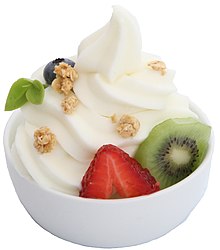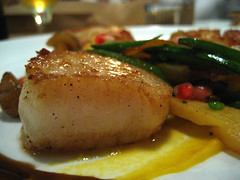How to Sprout Beans and Grains
To get the maximum benefit of the living foods known as grains, beans and seeds, anyone can sprout them according to the following chart. There is an increase in vitamin content, as well as enzymes activated which would give good health along with only a few other foods. It is crucial that the grains, beans, or seeds be cleansed thoroughly.

A wide-mouthed glass jar is appropriate for sprouting. One tablespoon of seed in a pint jar covered with water for 12 hours or so gets you started up. Next, put a piece of cheesecloth or nylon netting covering the mouth and fasten it with a rubber band. You could then drain off the soaking water, rinse using warm rinse water, drain well, and leave jar tilted with its mouth down. Room temperature and indirect light works very well. Rinse and drain every morning and evening — and do it more often when humidity is exceedingly low.


Later on, when the sprouts have achieved the desired length, put in direct sunlight for a couple of hours to produce chlorophyll, rinse using cold water, drain and keep tightly covered in refrigerator. Eat them as soon as possible, ideally within 2 or 3 days. Sprout just enough seeds for this usage, and you could be setting forth a new batch each day or so. Be sure seeds are found from a reputable company and haven't been treated. Don't eat potato sprouts since they are toxic. Sprouting is an excellent activity for children. You'll be surprised at how much life can come up from these small seeds. Here are the sprouting times and the optimal length of sprout in inches for each of the seeds commonly sprouted for food:

Though most of the above seeds are quite easy to sprout properly, soybeans become moldy readily. It is crucial to rinse them very well every time, drain them thoroughly, and not crowd them in the jar. Soybeans sprouts and Garbanzo sprouts are best cooked as they're still big and tough.
Sprouts can be added to salads, casseroles, soups, sandwiches — or munched on as is. They can be ground and used in bread recipes or cooked with vegetables or eggs. They'll accelerate the leavening action of yeast breads and assist unleavened breads to rise. Most significantly, they'll improve the nutrition of any meal. If a person had to endure a year on, say, 300 pounds of food — grains, beans and seeds for sprouting will make up most of the supply list for the survival. Do they taste good, too? Alfalfa sprouts are excellent in salads and sandwiches. The heavier bean sprouts are truly tasty when sautéed with onions and other vegetables.
© Athena Goodlight

















